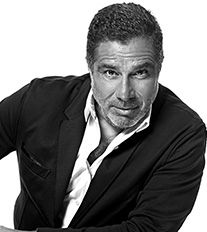Understanding the different techniques
Aesthetic eyelid surgery evolved. Nowadays, it considers the whole upper third of the face, from the forehead to the cheekbones. More than an eyelid surgery, Dr Hayot offers a gaze surgery and made-to-measure operations.

